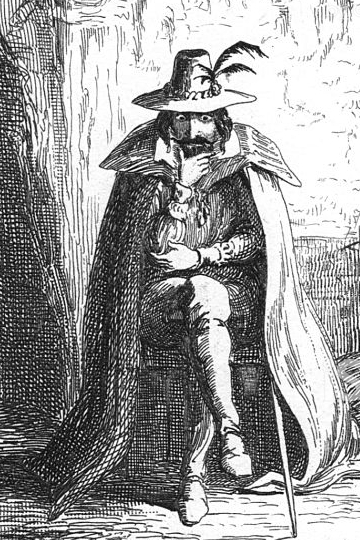
To our would-be host, Calum, we lift a glass in both thanks for the invitation and hope that his St. Andrew's Day celebration exceed all expectations.
OTR's observations on American culture and experience. And much like that experience you never know what to expect from its participant/observers.


 |
| Churchill with his son and grandson in 1953 |
Sir Winston Leonard Spencer-Churchill KG OM CH TD DLFRS RA (30 November 1874 – 24 January 1965) was a British statesman who was the Prime Minister of the United Kingdomfrom 1940 to 1945 and again from 1951 to 1955. Churchill was also an officer in the British Army, a historian, a writer (as Winston S. Churchill), and an artist. He won the Nobel Prize in Literature, and was the first person to be made an honorary citizen of the United States.
 |
| The Lion at 10 Downing Street in London, 1940 |
 |
| Churchill in 1895 |
The whole fury and might of the enemy must very soon be turned on us. Hitler knows that he will have to break us in this island or lose the war. If we can stand up to him, all Europe may be freed and the life of the world may move forward into broad, sunlit uplands. But if we fail, then the whole world, including the United States, including all that we have known and cared for, will sink into the abyss of a new dark age made more sinister, and perhaps more protracted, by the lights of perverted science. Let us therefore brace ourselves to our duties, and so bear ourselves, that if the British Empire and its Commonwealth last for a thousand years, men will still say, This was their finest hour.
 |
| William Blake Thomas Phillips, English, 1897 |
 |
| The Ancient of Days William Blake, 1793 |
 |
| Newton William Blake, 1795 |
 |
| The Descent of Peace William Blake, ca. 1815 |

The stolen and perverted writings of Homer and Ovid, of Plato and Cicero, which all men ought to contemn, are set up by artifice against the Sublime of the Bible; but when the New Age is at leisure to pronounce, all will be set right, and those grand works of the more ancient, and consciously and professedly Inspired men will hold their proper rank, and the Daughters of Memory shall become the Daughters of Inspiration, Shakspeare and Milton were curb'd by the general malady and infection from the silly Greek and Latin slaves of the sword. Rouse up, O Young Men of the New Age! Set your foreheads against the ignorant hirelings! For we have hirelings in the camp, the Court, and the University, who would, if they could, for ever depress mental, and prolong corporeal war. Painters! on you I call. Sculptors! Architects! suffer not the fashionable fools to depress your powers by the prices they pretend to give for contemptible works, or the expensive advertising boasts that they make of such works; believe Christ and His Apostles that there is a class of men whose whole delight is in destroying. We do not want either Greek or Roman models if we are but just and true to our own Imaginations, those Worlds of Eternity in which we shall live for ever, in Jesus our Lord.
Let us begin by discussing the weather for that has been the chief agency in making the South distinctive. ... The summers are not merely long but bakingly hot, with temperatures ranging rather steadily in the eighties and nineties of the Fahrenheit scale.

 |
| Sketch and signature, Bonaventure Cemetery, Savannah,Georgia |
 |
| Johnny Mercer statue, Ellis Square, Savannah, Georgia |
 |
| Mercer in New York, 1946-48 |




 |
| Parsons in 1972 |
 |
| Guy Fawkes in Ordsall Cave |
 |
| Guy Fawkes Day celebration at Windsor Castle in 1776 |
 |
| Mug from the DeSoto [Hilton] Savannah's now closed Lion's Den lounge |
 |
| All Saints Day in Krakow, Poland |
The Commemoration of All Saints has been observed by Christians since at least the 4th century after Christ, although not always on November 1. Christians then as now desire to follow the encouragement of the writer to the Hebrews: "Remember your leaders who spoke the Word of God to you. Consider the outcome of their way of life and imitate their faith" (Heb 13:7).
The original purpose of remembering the saints and martyrs was blurred during the medieval ages, as saints became the objects of prayers and petitions for merit before God. Pointing to Christ as the only source of forgiveness, Luther cleansed the church of this abuse of the saints. Lutherans did not remove All Saints Day from the church calendar, however.
Luther posted his 95 Theses on the Wittenberg church door on October 31, 1517 precisely because he wanted the document to be seen by the throngs that would services on November 1, All Saints Day. Lutherans eventually chose October 31 as the day on which to remember Luther's legacy to the church, and All Saints Day in the Lutheran Church has forever after been overshadowed by Reformation services.
 |
| Allerheilegen (All Saints) Johann Koenig, 1599 |